While we all want a beautiful home, it's equally important that your space makes you feel good too!
Our homes set the stage for all the momentous milestones in our lives; the good, the bad and the ugly! And because our homes are such a central point in our lives, it is vital that they provide us with comfort and stability. With the world's constant stress and confusion, your home is a place where you can regain control and find solace away from all the external chaos.
It should offer comfort as you settle in for the evening, support you during tough times, provide a sense of security from the outside world, and envelop you in the warm embrace of familiarity whenever possible.
You may not have thought it, but interior design and mental health really do go hand in hand! Here we have compiled all our best tips for creating a positive vibe in your space.
Looking to create a happy home but not sure where to start? We can help! Book a room design today from just £395:
Layout
.webp?width=1920&height=1250&name=Post%20image%20landscape%20(73).webp)
Image Credit: My Bespoke Room
Okay, we know. rearranging furniture might not sound like the most exciting part of interior design, but trust us, it's a game changer!
Before transforming your home into a peaceful haven, we first have to move the literal barriers in the way. If you have furniture that blocks the flow of movement in your home, creating inconvenience, frustration, and anxiety - it's time for a shake-up.
Now, we're not saying you need to become a feng shui master, but you do need to rearrange the furniture in your home to guarantee easy movement and make your space feel less like an obstacle course. In fact, spaces that are easier to navigate, reduce anxiety and help you build a stronger relationship with your home, making you feel more at ease.
Remember those Instagram-worthy minimalist spaces we all swoon over? That's because we're not lying when we say the more space, the better you feel; it makes us feel fresh and organised, but this is not always realistic. Even cleaning obsessed Monica had a secret junk closet!
We all have home life clutter, you just need to find better ways of storing (hiding) it. However, minimising the amount of clutter you need to store is a great place to start. By tackling this you can already begin to ease the tidal wave that was overwhelming you to begin with! Everything needs to have a place, so assign a clutter draw, cupboard or box - whatever works best for you.
Colour palettes
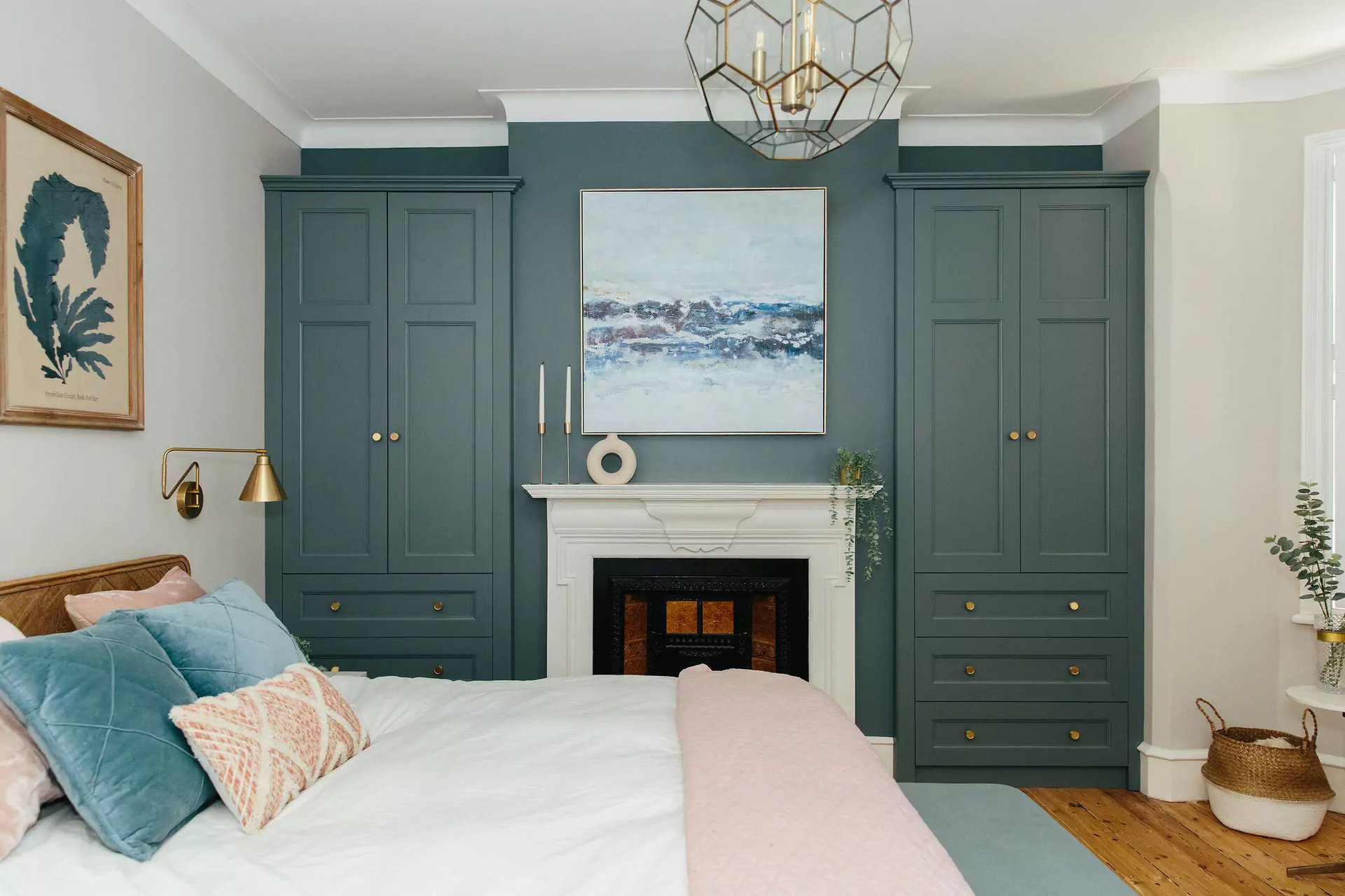
Image Credit: My Bespoke Room
One thing that always sticks out in our mind when we're asked how to enhance mental well-being with interior design, is colour! The colour of a room has the capability to affect your mood in numerous different ways, all thanks to colour psychology. Here are some of the most popular colour schemes and how they can influence your mood:
Warm colour palettes
.webp?width=1920&height=1250&name=Post%20image%20landscape%20(71).webp)
Image Credit: My Bespoke Room & De Sliva Design
Colours such as red, orange, yellow, and gold evoke a warm and sunny sensation, yet each of them carries distinct psychological implications, which can have various effects on you when using them as the dominant colour in your space.
Red, for instance, introduces a fiery intensity into a room. It's often linked to power and aggression but also signifies passion. When employed too assertively, it can be overwhelming and even trigger feelings of anxiety. However, it's renowned for stimulating appetite, which explains why kitchens and restaurants often incorporate red accents.
Orange is commonly associated with energy and can effectively brighten up a gloomy area. It also has the ability to create a warm and snug ambience, making it an excellent choice for a bohemian colour palette to create a cosy vibe.
Yellow radiates happiness, creativity, and energy - making it perfect for use (in moderation) in your home office space to encourage productivity. Pale yellows are excellent for rooms that need the sunlight intensified in a way that is still relaxing, almost as if you’re in a permanent state of sunshine.
Gold is an interesting colour as it can be associated with light, romance, courage, magic and wealth. Now that’s a lot of range for one colour! However, one thing everyone seems to agree on is that gold is a relaxing colour, thanks to the way it glistens and moves like water. Read on to see why using elements similar to water will boost your mental health in your home.
Pink colour palettes are thought of as calming as they connote love and femininity. However, currently, it's being used in homes more and more as a neutral base to give a room a warm feel equivalent to your home giving you a hug.
Wondering what colour is best for your bedroom to help you to relax in the evenings? Take a look at our blog on bedroom paint colours here.
Cool colour palette
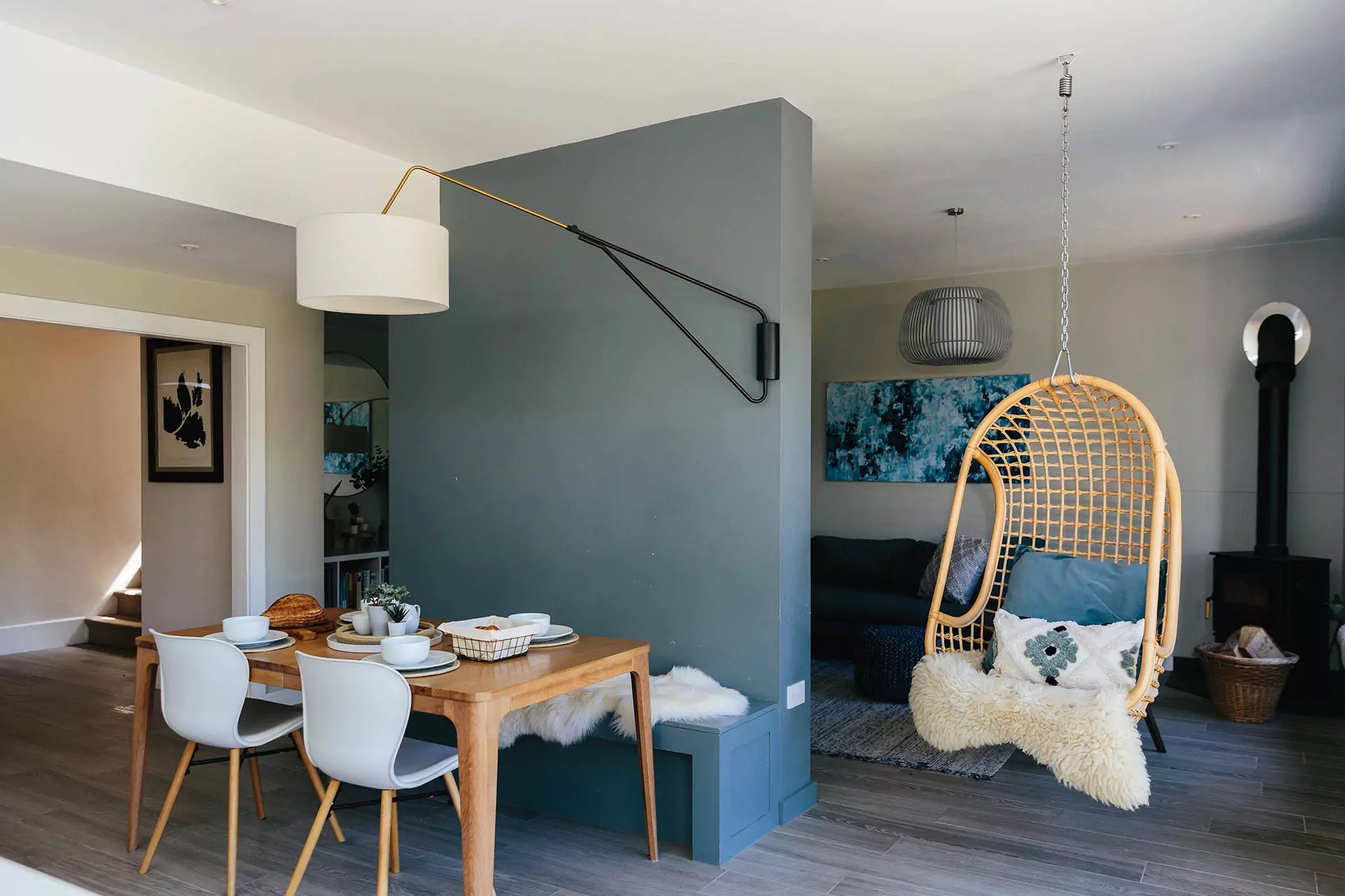
Image Credit: My Bespoke Room
We have been talking about green a lot lately as it keeps growing and growing in popularity. Our customers love implementing greens in their homes, whether using a jade colour palette in their bathroom or a teal colour palette in their living rooms! It is thought of as a soothing and relaxing colour, associated with balance and harmony thanks to the connection it has with nature. In fact, this is why on TV shows they often have actors in the “green room” thanks to the calming phycology of the colour.
We find blue calming thanks to similar reasons so green. We relate it back to nature with the thought of blue skies and natural water like the ocean or picturesque rivers, which creates a feeling of serenity, especially when used against crisp whites. However, if used in the wrong way blue can be a very sad and gloomy colour so make sure to use it wisely or risk giving yourself a space that only furthers depression. Also, it lowers appetite so maybe avoid using this in your kitchen or dining room…
Purple is a tricky colour to use well in room designs as it has a lot of mixed feelings. Purple is often used in religions to represent divinity and can be connected to individuality and quirkiness. It all depends on the depth of colour, for example, darker shades are often thought of as angry and is also associated with luxury and privilege that can cause frustration. Nevertheless, when using paler shades, for example, a lilac colour palette can be feminine and supportive. Be careful using this colour as too much purple of whatever hue, has been proven to make people feel irritable.
Need help creating a layout that works for you? Then book a FREE no-commitment call with our team to see how we can help!
Neutral and Monochrome
.webp?width=1920&height=1250&name=Post%20image%20landscape%20(70).webp)
Image Credit: My Bespoke Room
Grey’s neutrality can bring a sense of balance thanks to it being the combination of black and white, however, it is more often thought of as a cold and unwelcoming colour. It is connected with feelings of depression and emptiness.
Brown and beige colour palettes have a connection with nature, which studies show creates stable, reliable and comforting feelings, on the other hand, if used incorrectly it can feel very flat. We suggest using this sparingly, perhaps in wooden elements rather than paints and furnishings. However, if you combine with bigger bolder colours you can create excellent contrast resulting in a peaceful but cheerful space.
Black, is obviously not known for cheeriness and is often seen as an ominous colour but it can be used in a way that creates a modern and sophisticated space. Keep in mind the reason black goes with everything is because it's a mixture of all colours and so when used in moderation it can balance a room perfectly.
White is a common colour in homes as it reflects light, it makes rooms feel bright and feel fresh. However, using too much white can make your space feel almost sterile and not at all homely as it's the absence of colour. It’s great for using as a backdrop to some statement artwork but be careful using too much white as stains and dirt don’t invoke happiness in anyone!
Personal Colour Associations
.webp?width=1920&height=1250&name=Post%20image%20landscape%20(69).webp)
Image Credit: My Bespoke Room
Remember, you will always have an affinity for certain colours that are personal to you! Don't go with the trends, or select something everyone else will like, as this is your home - it should make you happy.
When we are children we begin to connect with colour from our own experiences. Maybe you love yellow thanks to sunny days at the beach with the family, or your favourite power ranger was pink? (no judgement!) Find where you connect to colour and implement it into your home. By doing so, you not only infuse your living space with colours that resonate with your soul but also create an environment that reflects your unique personality and brings you joy.
Colour can be tricky to get right! If you feel a little overwhelmed or need some help deciding which colours and shades work for you then start your design with us today!
Lighting
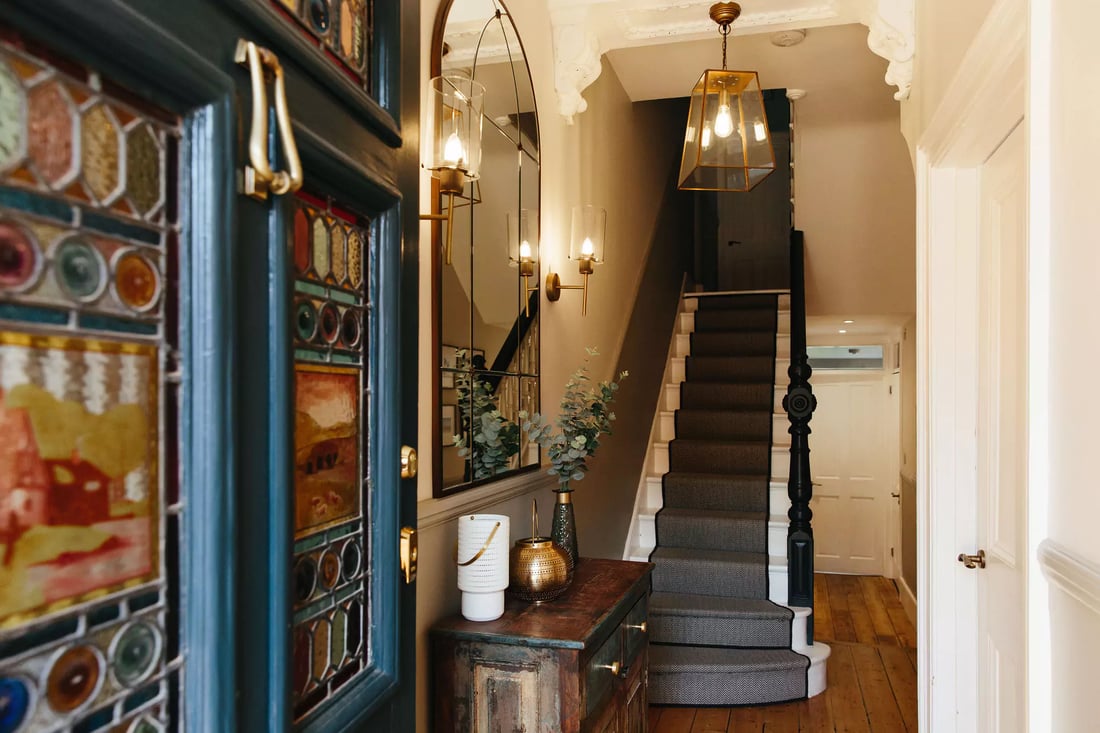
Image Credit: My Bespoke Room
Why do so many of us overlook lighting?! Yes, paint, wallpaper and new furniture are exciting but lighting affects how you feel in a space as much as any other element! We’re often discussing how you want low-level lighting to feel cosy and snug in spaces like living rooms and bedrooms. This is because dim lighting can set a tranquil or even romantic ambience in a space.
In fact, restaurants use dim lighting to their advantage to make customers feel more comfortable, making them want to eat more and treat themselves the same way you would buy a massive chocolate bar or a bottle of wine while binge-watching Netflix in your similarly cosy lighting scheme at home.
On the other hand, using natural light is just as important to include in your home. Did you know that one in three people in the UK suffer from Seasonal Affective Disorder? This is where the lack of sunlight or summer weather can cause some of us to experience a form of depression in the winter months. So we’re going to try to counterbalance this with some techniques you can implement in your home to help keep the dark clouds at bay as best we can.
Contemplating the best way to light your home? Read our expert guide on how to light your home all year round.
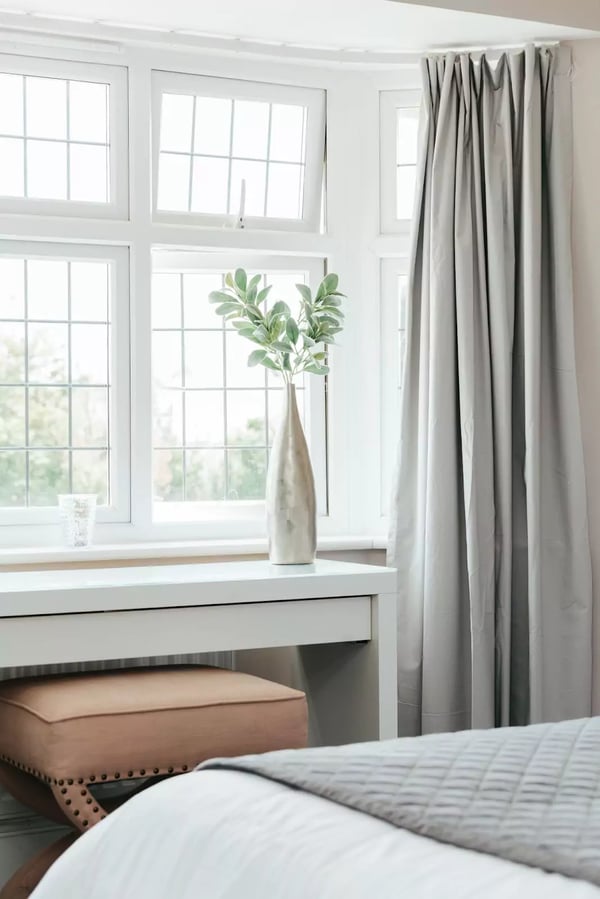
Image Credit: My Bespoke Room
One of the most important things to remember is that we’re human beings - we need sunlight!
You wouldn’t leave a plant in the dark and hope it would grow green and bountifully would you?! So allow yourself some sunlight so you can not only survive but thrive in your home.
This is especially good advice if you’re someone who works from home as a home office is a perfect place to bring in natural light. In fact, offices often try to do this as natural light has been proven to boost productivity as well as motivation.
Nature
.webp?width=1920&height=1250&name=Post%20image%20landscape%20(67).webp)
Image Credit: My Bespoke Room
This idea of natural light is a great segway into allowing nature into your home. We encourage you to blur the lines between the outdoor world and your home.
It’s probably not news to you that houseplants have massive mental health benefits! It's been proven that houseplants elevate your mood and productivity, thanks to the increase in oxygen levels that they bring. Not to mention that they look fantastic, with or without flowers. Also, flowers have their own superpower as they have a stabilising and calming effect on people, making them feel happier.
Speaking of nature - it's also recommended to include all of the four natural elements in your home to give you that connection to the outdoor world, leaving you feeling more centred.
First up: fire. This can be represented by candlelight, a fireplace, or even by warm, ambient lighting that makes you feel cosy and comfortable.
Earth can be incorporated by using natural woods in your flooring or furniture or perhaps even wicker elements. If natural wood isn’t your style then you can always scatter houseplants in your home.
Water doesn't necessarily mean you have to put a massive water feature in your living room! You could include an aquarium if you so wished or you can use mirrors that share the reflective quality of water, plus there is also the added benefit of making your room feel bigger. But be careful not to include too many mirrors as this can go from natural grounding and space to constantly feeling watched and seeing reflections of the light appear in unusual places, leading to anxiety.
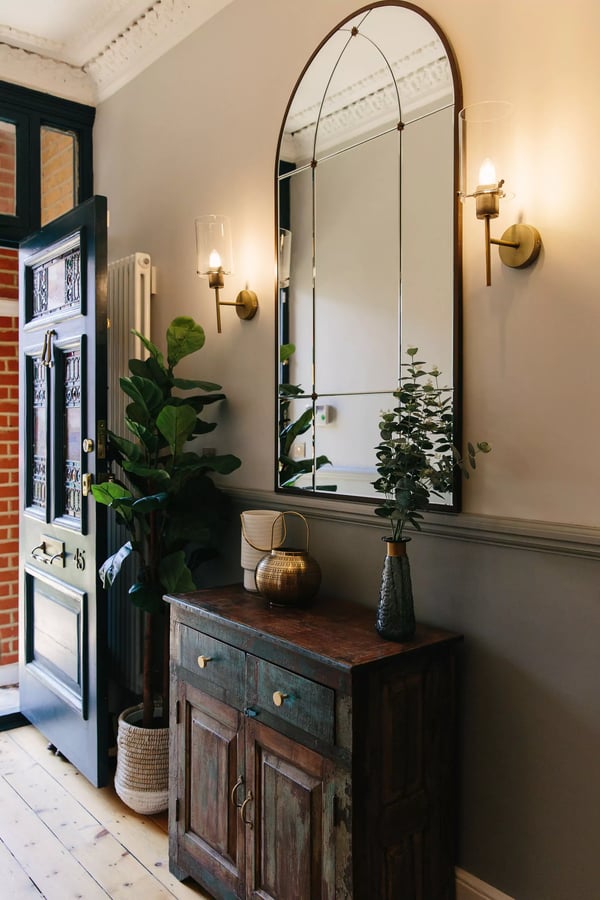
Image Credit: My Bespoke Room
And finally, wind can be included in your home by decent air circulation, or again including houseplants to allow more oxygen into your home. So, don't be afraid to open up a window once in a while to let in some beautiful fresh air!
Do you want an expert interior designer to help you create the home you deserve for a price that suits you? Then click the button below to book a free call and see if we're the team for you!
Dopamine decor
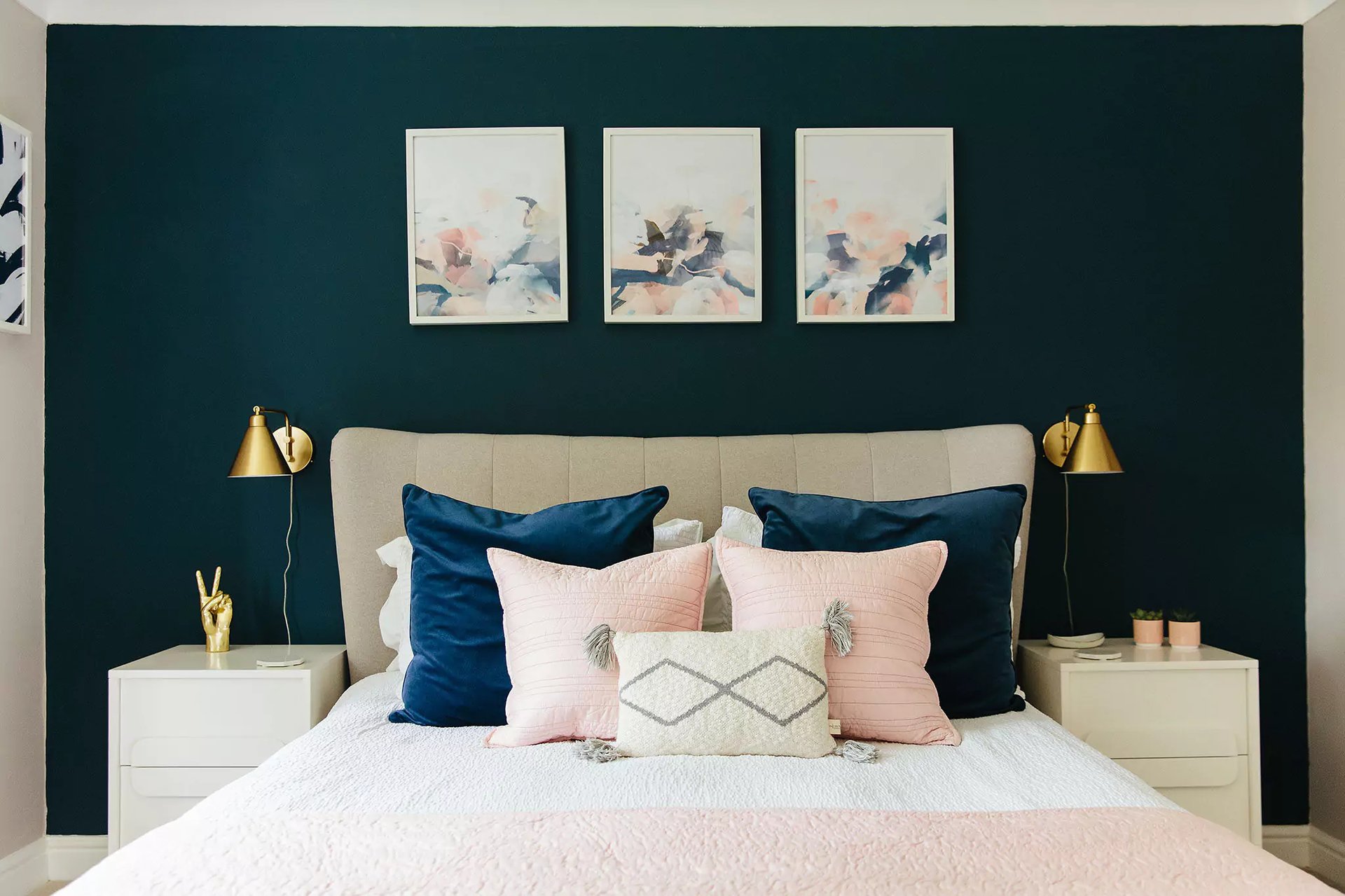 Image credit: My Bespoke Room
Image credit: My Bespoke Room
Did you know that dopamine decor is actually a trend?! And even though we never recommend following trends and to instead just choose a design direction which you love, dopamine decor is a trend that we can definitely get behind. It's all about choosing pieces that create joy and happiness: there really is no better way to boost your mental well-being.
Whether it's choosing artwork that makes you smile or using bright and bold colours, there are many ways that your home decor can give you a dopamine boost.
Dopamine decor goes beyond visual aesthetics; it engages all your senses. For example, when selecting candles or diffusers, opt for ones that are not only visually appealing but also emit scents you adore or that have a calming effect on your mood. This trend also dives into music and how having a tune on as you go about your day can really boost your mood.
Are you looking to dive into dopamine decor? We've got an entire blog on 10 ways you can create a happy home with the use of dopamine decor.
Finishing touches
.png?width=1920&name=Post%20image%20landscape%20(66).png)
Image Credit: My Bespoke Room
One of the most important tips you should take away from this blog is that you need to implement items in your home that represent you. Personal keepsakes, photographs and mementoes, will always bring you joy so make sure to include them in your home décor and put them in pride of place! This is a great way for your interior design to have an immediate positive effect on your mood and mental health.
If you’re looking for finishing touches like artwork for your home then start by connecting the art to a treasured memory. For example, if you and your partner had an incredible holiday at a tropical location, then include artwork that reminds you of this, if you love going hiking then include pictures or paintings of mountains and trails. Take a look at how Abstract house's
Struggling to pull together a gallery wall for your home? Before you get out the hammer and nails, watch this video! We visited Summer Obaid at Abstract House to share with you her top tips and try out a few layouts
Keep in mind that if there's anything you can incorporate into your home that brings forth happiness by triggering fond memories, you should include it. After all, your home is a reflection of your personal story, and it should always narrate your unique journey.
Ready to transform your home into a relaxing retreat? Book a room design with us from just £395:


.png)
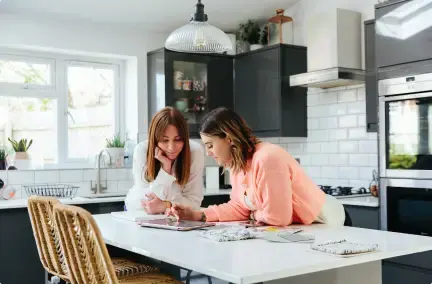

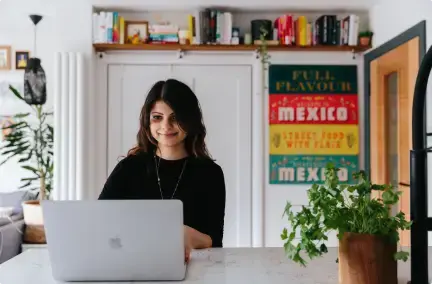
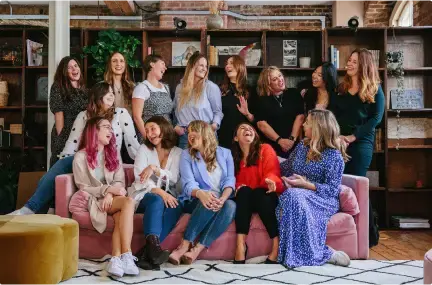


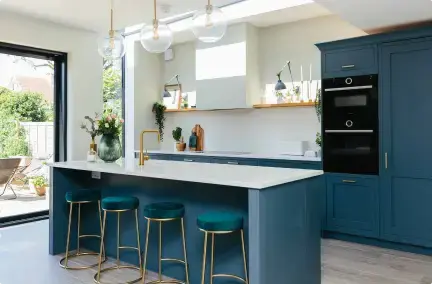
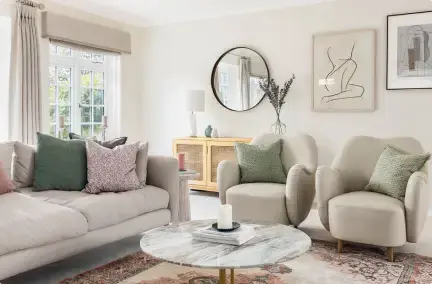
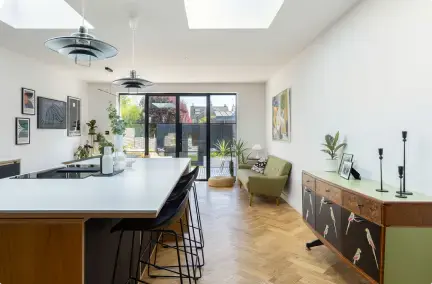
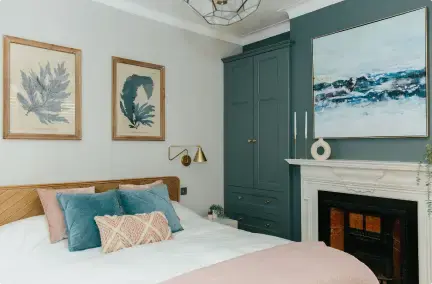
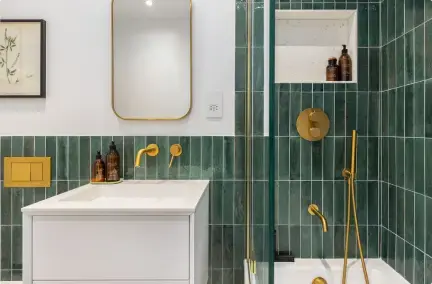
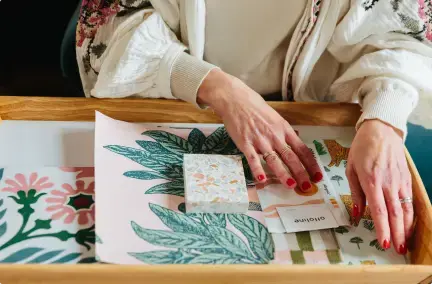
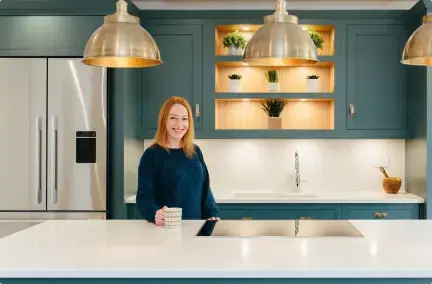
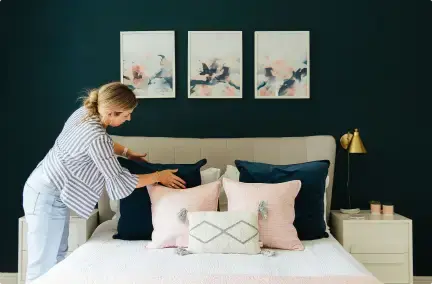
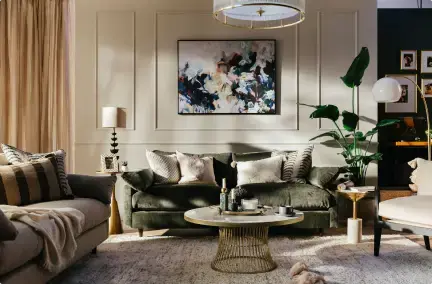


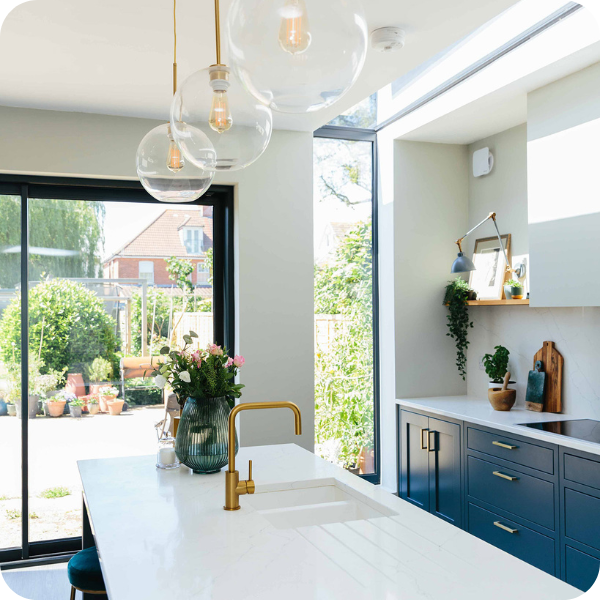
.png)



 Subscribe
Subscribe

-1.png?height=300&name=Untitled%20design%20(16)-1.png)
-2.png?height=300&name=Untitled%20design%20(15)-2.png)